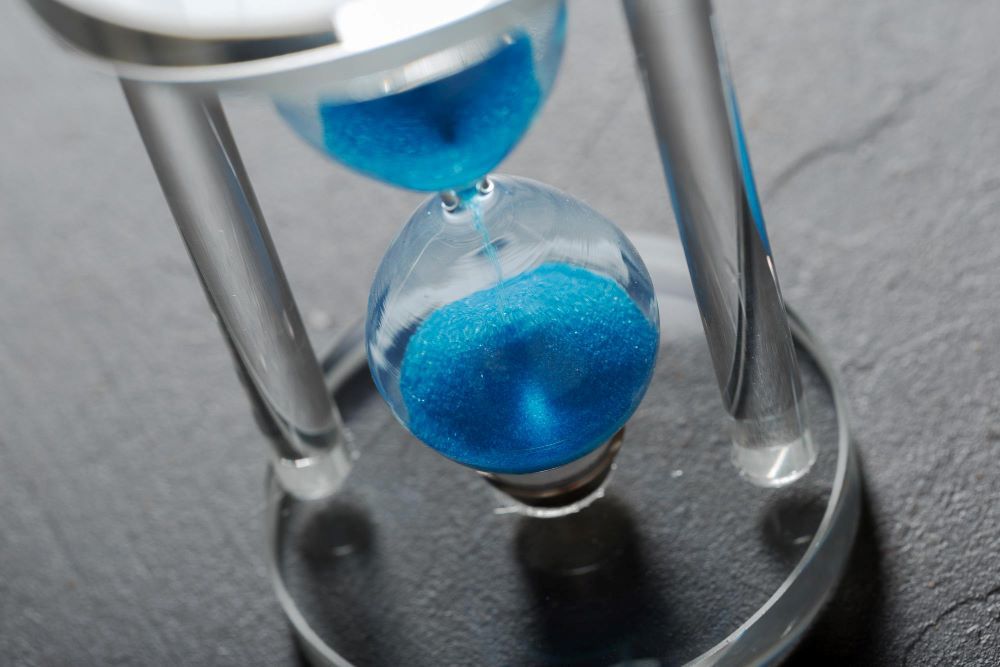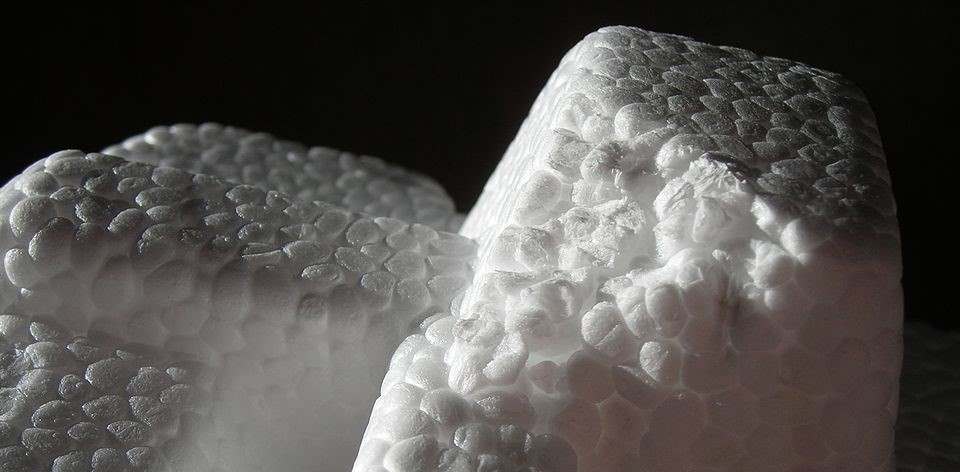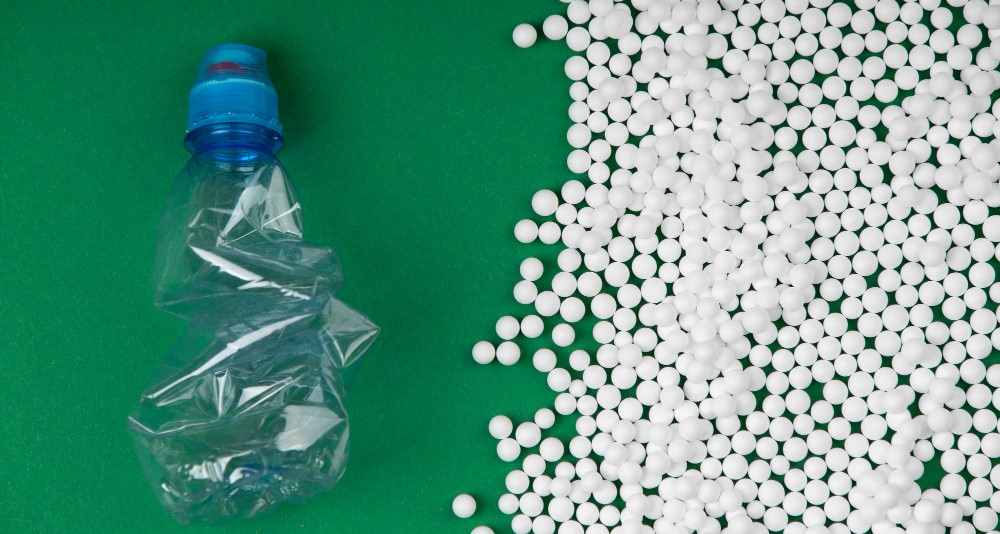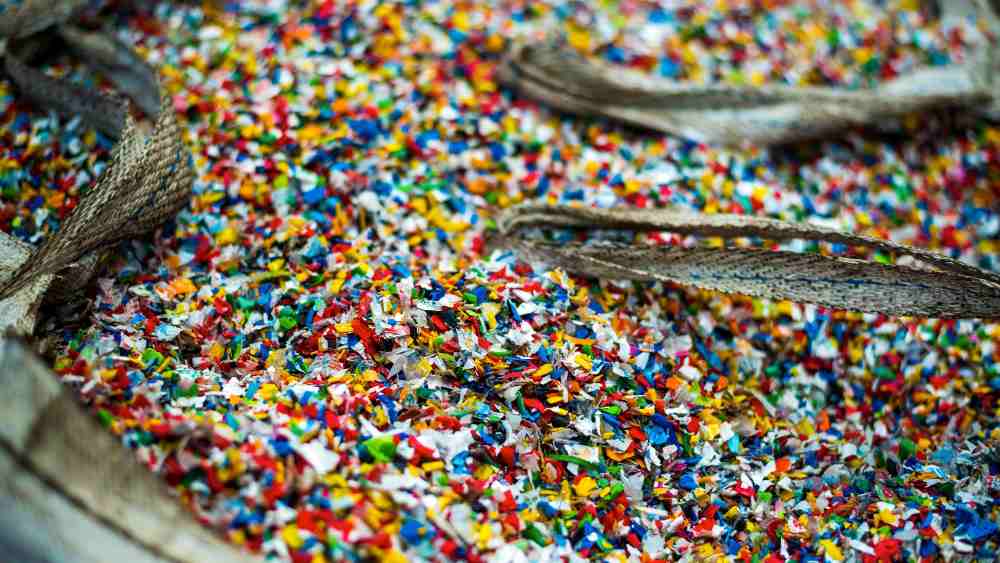5 Polymers That Changed the World
Can you name the plastic industry’s top five most influential products from history?

When we think of transformative inventions — electricity, the internet, the steam engine — synthetic polymers, or plastics, rarely get the recognition they deserve. Yet these materials have redefined how we live, travel, eat, and communicate. From replacing natural resources to enabling entire industries, plastics have been instrumental in shaping the modern world.
Among the vast array of synthetic polymers, five stand out as world-changers — not just for their technical properties, but for their profound social, economic, and environmental impact.
1. Polyethylene (PE): The Ubiquitous Workhorse
Discovered almost by accident in 1933 at Imperial Chemical Industries in the UK, polyethylene is the world’s most widely produced plastic. It comes in several forms — from the stiff, strong high-density polyethylene (HDPE) to the more flexible low-density polyethylene (LDPE) — each form of PE has its own niche application.

Polyethylene brought about a packaging revolution; from shopping bags and squeeze bottles to plastic films and insulation for data carrying cables. Thanks to its low weight, chemical resistance, and flexibility it has become indispensable across industries, replacing paper, wood, glass, and metal in millions of everyday applications.
Polyethylene’s success is based on how it has made consumer goods lighter, cheaper, and more accessible; factors which have combined to make it an integral part of the modern world.
2. Polyvinyl Chloride (PVC): The Builder’s Best Friend
First synthesized in the 19th century but commercially viable by the 1920s, PVC is one of the most versatile plastics ever created. This is due to its structure allowing for significant modification meaning that it can be clear or coloured, rigid or flexible, flame resistant, crack resistant and more.
Yet PVC, like other polymers, is also undergoing a nanotechnology revolution as material science has found a way to include nanomaterials as an additive into PVC giving it even more versatility. This means that today, PVC can be given electro-conductivity, UV resistance, added strength, durability, thermo-conductivity, and scratch resistance—all while retaining desired inherent properties.
To learn more about how nanomaterials can be used as a feedstock for polymers, visit NANO CHEMI GROUP.

Historically, though, PVC is best known as being the backbone of the modern construction industry. It is used in pipes, window frames, flooring, and insulation, but is also a vital raw material for blood bags, kids’ toys, wall coverings, and medical tubing.
Ultimately, its resistance to water, chemicals, and sunlight make it a reliable, low-maintenance material in both infrastructure and healthcare–making it shoo in as one of the top five most influential polymers in history.
3. Polystyrene (PS): Lightweight Convenience
First produced in the 1930s, polystyrene is known for version — Styrofoam — which is light, insulative, and shock-absorbing. Due to these dual forms, it has found commercial success as both a packaging material and an insulator.

Polystyrene allows fast food, Amazon delivery, and convenience culture to flourish, enabling single-use containers, cups, plates, and protective packaging to become widespread in homes, hospitals, and businesses. While its role as a holder and protector of anything from Plasma TVs to instant noodles may sound inconsequential, its place in the heart of disposable society gives it a ranking in the top five polymers of history.
4. Nylon: The Synthetic Silk That Powered a War
Invented by Wallace Carothers at DuPont in 1935, nylon was the first fully synthetic fiber. It debuted in women’s stockings in 1940 and was an instant hit. But World War II quickly redirected its production for military use in parachutes, ropes, and tyre cords.

As one of the earliest synthetic polymers in widespread use, Nylon found huge commercial success replacing scarce natural materials like silk to become a foundation for the modern textile industry. Its strength, elasticity, and resistance to abrasion made it suitable for everything from clothing and carpets to industrial equipment and surgical sutures.
5. Polyethylene Terephthalate (PET): The Bottle That Traveled the World
Introduced in the 1970s as a safe, lightweight alternative to glass, PET quickly became the global standard for beverage bottles, food containers, and synthetic fibers.

PET allowed for the mass production and global distribution of bottled water, soft drinks, and packaged foods, with its excellent barrier properties, clarity, and strength making it ideal for containing liquids without the weight or fragility of glass.
While its popularity as a single-use drinks container has brought it many enemies, their focus is typically based on the inappropriate disposal of PET bottles while ignoring its recyclability and the energy saved daily in not having to transport millions of glass bottles in crates.
A Double-Edged Legacy
When the history of these five polymers is combined, the enormous progress they have brought to the modern world is self-evident. They made life healthier, cheaper, more convenient, and more connected. From sterile medical devices to protective gear and telecommunications, the benefits of these materials are undeniable.
But this legacy comes at a cost:
Polyethylene’s durability, once seen as an asset, has become a liability in landfills and oceans — a reminder of both its power and its consequences.
PET fueled the rise of global consumer culture and made disposability the norm, becoming a major contributor to plastic waste.

PVC has made homes safer, more efficient, and cheaper to build, but its production and disposal raise environmental and health concerns due to toxic byproducts like dioxins — spurring ongoing efforts to develop greener alternatives.
While polystyrene brought convenience for food and delivery, it also exemplifies the downsides of single-use culture. Non-biodegradable and hard to recycle, it’s now one of the most persistent forms of plastic pollution.
And while Nylon symbolized post-war modernity in its cheap, shiny, and futuristic form. It has also helped create the culture of synthetic fast fashion, which now contributes to textile waste and microplastic pollution.

These five polymers — polyethylene, PVC, polystyrene, nylon, and PET — didn’t just revolutionize materials science; they have shaped civilization, enabling global trade, modernizing healthcare, and bringing affordability to the masses. Their invention marked a turning point which moved society into an era defined by lightness, durability, and versatility.
But with great utility comes great responsibility — and consequences that are still being resolved. Today, we are confronted with the environmental toll of these once-miraculous materials: plastic pollution, microplastics, waste management crises, and climate impacts from fossil-fuel-based production.
The challenge now is not to discard what plastics have given us, but to innovate beyond their limitations. The next chapter must focus on designing polymers that are sustainable, recyclable, biodegradable, and circular by intent.
To learn more about how the polymer industry is solving these problems, read 5 Polymers that Will Change the World.
Photo credit: Lucy Francesca Yanamango Veliz on Unsplash, fabrikasimf on Freepik, Freepik, Frimufilms, Freepik, Wikimedia, Freepik, & jcomp

